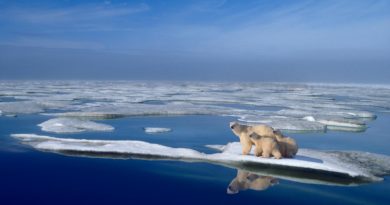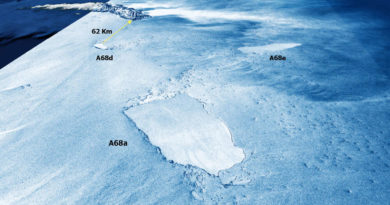An ocean of waste
Global production of plastics continues to grow. Every year, millions of tons of plastic arrive in the oceans, directly threatening the marine fauna. On the Coco Islands, an archipelago in the Indian Ocean, more than 400 million plastic fragments have been found by researchers.
Coco Island
It is on the white sandy shores of the Cocos Islands, an archipelago of about 27 islands populated by a few hundred people, and is located 2’100 km from the west coast of Australia. According to Jennifer Lavers, biologist and university lecturer at the University of Tasmania in southern Australia, these various pieces of plastic found on the surface are only the tip of the iceberg [1].
“I’ve been working for about fifteen years on isolated islands, and all of them have suffered from this type of debris, but what surprised me the most is that by digging into the sediments, the quantity does not diminish”.
Jennifer Lavers
Then, according to the research team, the mass of plastic found on the studied beaches represents about 26 times the volume of the chips visible on the surface. Indeed, for these various researchers, so-called global waste studies tend to underestimate, and this, dramatically, the extent of the accumulation [1] [4].

An ever-increasing production
According to a recent publication by Tristan Gaudiaut, world plastic production was about 1.5 million metric tons in 1950. In 1976, it reached 50 million tons and in 1989, 100 million tons. Moreover, despite various criticisms, the plastics industry continues to grow on a global scale. In 2018, approximately 360 million metric tons of plastics will be produced. This means an annual growth of 3% [2].

A real danger for marine animals
Marine animals can choke to death because of the presence of plastics in the oceans. Fishing lines, food packaging, plastic bags, balloons and tarps are the objects most often ingested by animals. In addition, some marine animals, such as turtles, can become entangled in various plastic ties such as balloons with strings. In addition, according to the report by journalist Roselyne Messal, the ingestion of plastic waste affects about 660 species [3].

References:
[1]: LEXPRESS.fr, & AFP. (2019, mai 17). Des tonnes de plastique découvertes dans un archipel de l’océan Indien. LExpress.fr. https://www.lexpress.fr/actualite/societe/environnement/des-tonnes-de-plastique-decouvertes-dans-un-archipel-de-l-ocean-indien_2078649.html
[2]: Gaudiaut, T. (2020, janvier 10). Infographie : 70 ans d’industrie plastique. Statista Infographies. https://fr.statista.com/infographie/20457/evolution-de-la-production-mondiale-de-plastique/
[3]: Messal, R. (2018, septembre 13). Océans : Les effets du plastique sur les animaux et l’environnement. Futura. https://www.futura-sciences.com/planete/dossiers/pollution-dechets-plastique-mer-septieme-continent-1898/page/4/
[4]: LEXPRESS.fr, & AFP. (2019, mai 17). Des tonnes de plastique découvertes dans un archipel de l’océan Indien. LExpress.fr. https://www.lexpress.fr/actualite/societe/environnement/des-tonnes-de-plastique-decouvertes-dans-un-archipel-de-l-ocean-indien_2078649.html
[5]: OUEST FRANCE. Des tonnes de plastique découvertes dans un archipel de l’océan Indien. ouest-france.fr. https://www.ouest-france.fr/environnement/pollution/le-sable-blanc-des-iles-cocos-pollues-par-238-tonnes-de-debris-de-plastique-6355214




